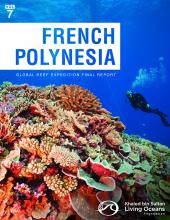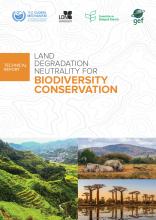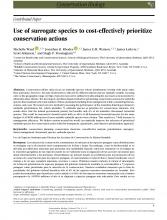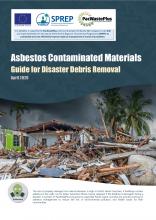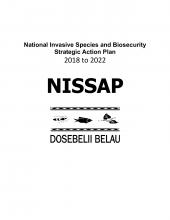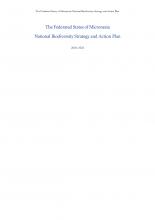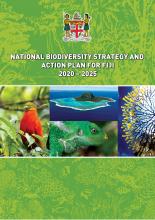Conservation Biology - Use of surrogate species to cost-effectively priorotize conservation actions.
Ward, M. Rhodes, R R. Lefevre, J. et.al
2019
Conservation efforts often focus on umbrella species whose distributions overlap with many other flora and fauna. However, because of biodiversity is affected by many different threats that are spatially variable, focusing only on the geographic range overlap of species may not be sufficient in allocating the necessary actions needed toefficiently abate threats. We developed a problem-based method for prioritizing conservation actions for umbrellaspecies that maximizes the total number of flora and fauna benefiting from management while considering threats,actions, and costs. We tested our new method by assessing the performance of the Australian federal governmentsumbrella prioritization list, which identifies 73 umbrella species as priorities for conservation attention. Our results show that the federal government priority list benefits only 6% of all Australias threatened terrestrialspecies. This could be increased to benefit nearly half (or 46%) of all threatened terrestrial species for the samebudget of AU$550 million/year if more suitable umbrella species were chosen. This results in a 7-fold increase inmanagement efficiency. We believe nations around the world can markedly improve the selection of prioritized umbrella species for conservation action with this transparent, quantitative, and objective prioritization approach.

